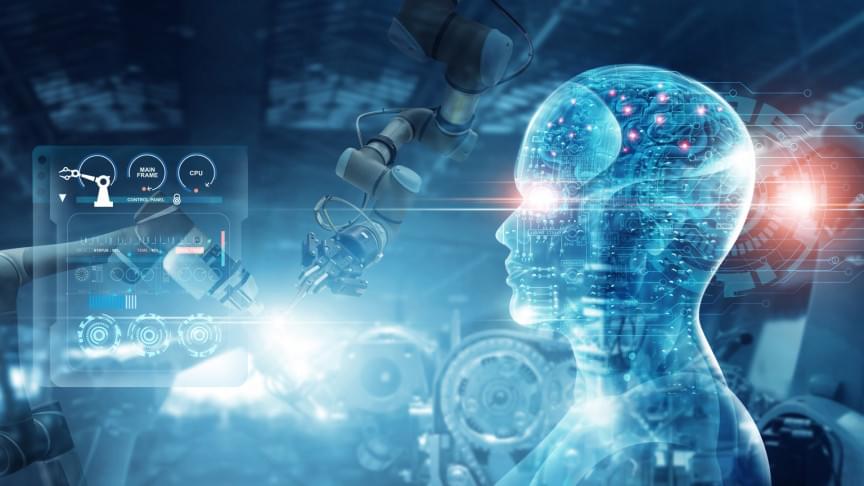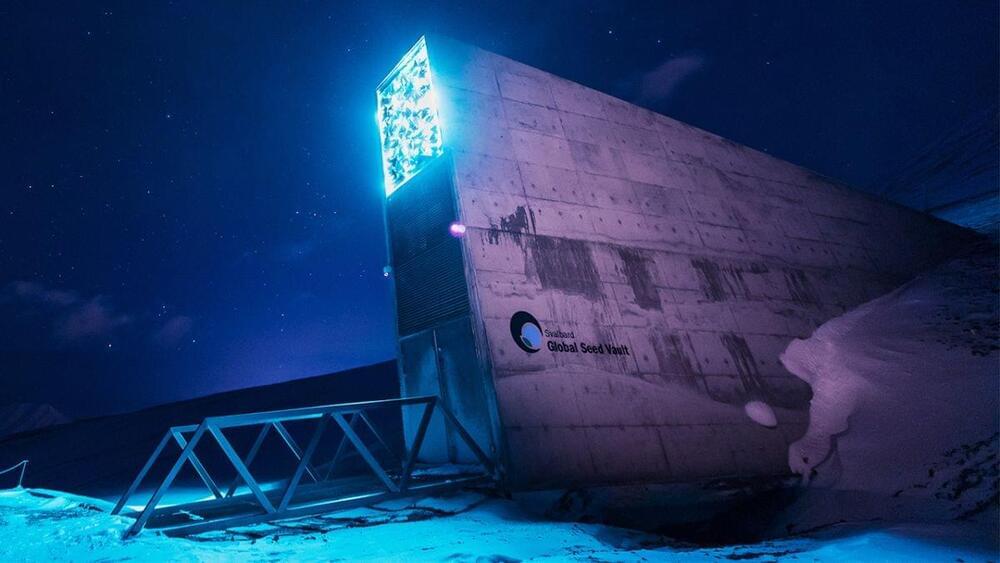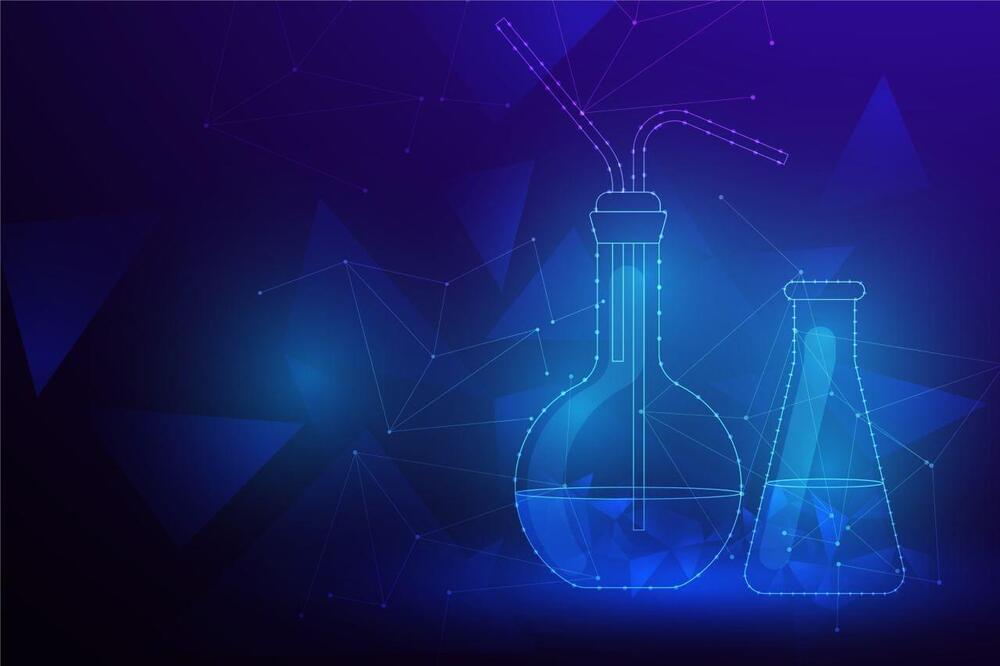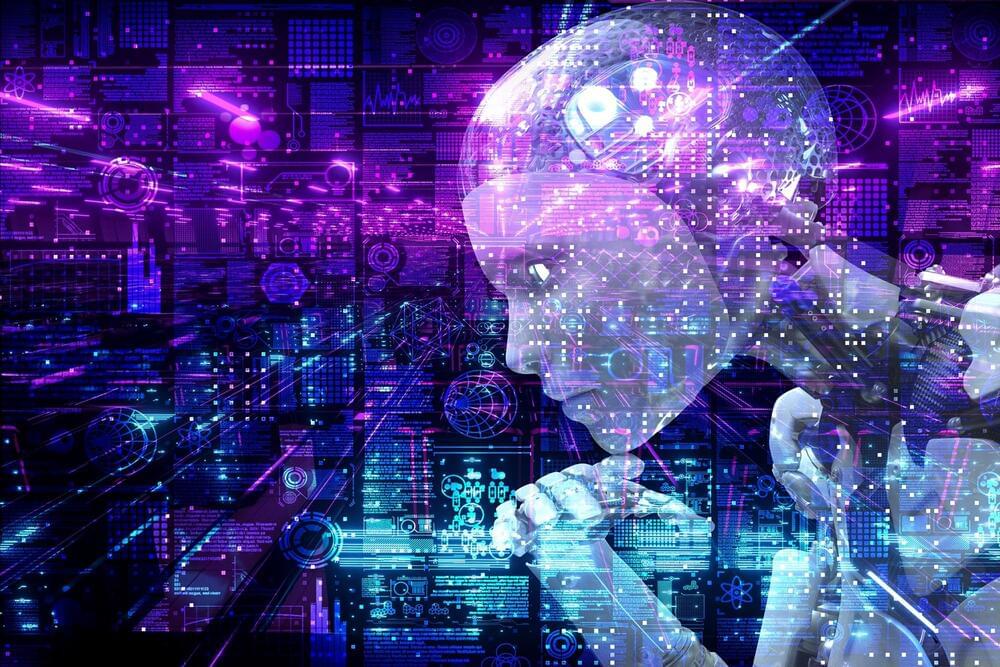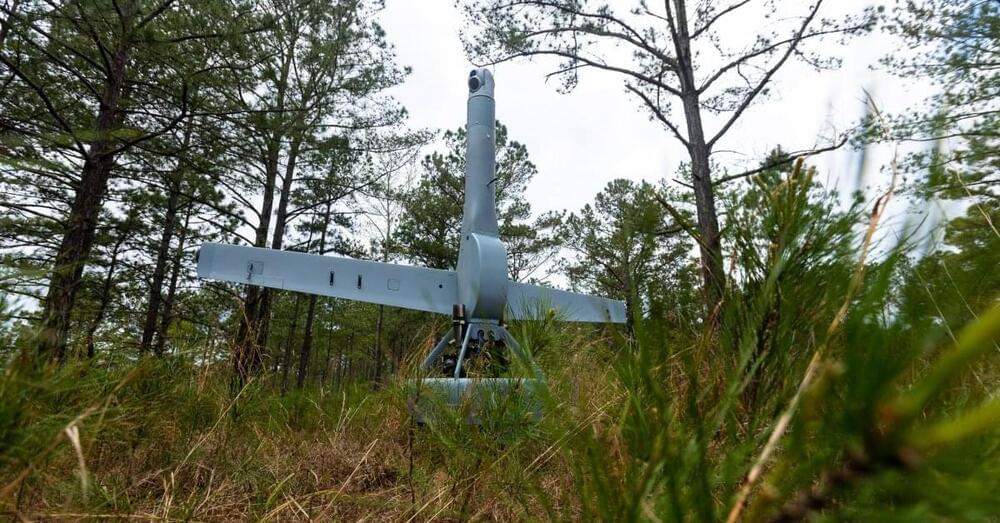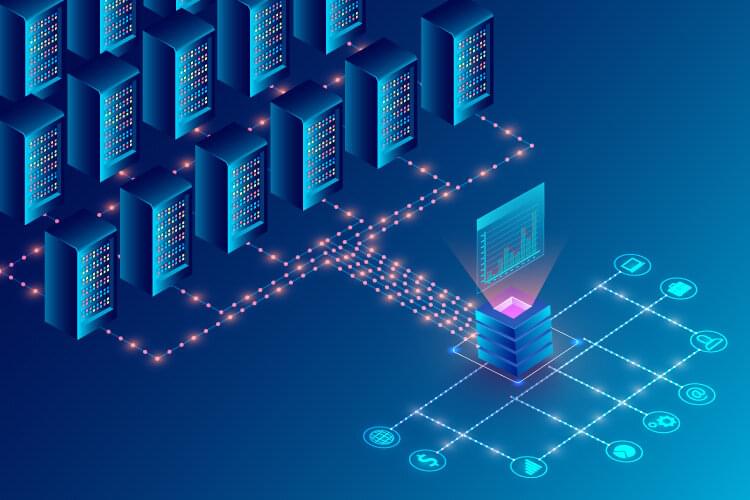Jun 20, 2022
Artificial intelligence has reached a threshold. And physics can help it break new ground
Posted by Dan Breeden in categories: information science, physics, robotics/AI
For years, physicists have been making major advances and breakthroughs in the field using their minds as their primary tools. But what if artificial intelligence could help with these discoveries?
Last month, researchers at Duke University demonstrated that incorporating known physics into machine learning algorithms could result in new levels of discoveries into material properties, according to a press release by the institution. They undertook a first-of-its-kind project where they constructed a machine-learning algorithm to deduce the properties of a class of engineered materials known as metamaterials and to determine how they interact with electromagnetic fields.
